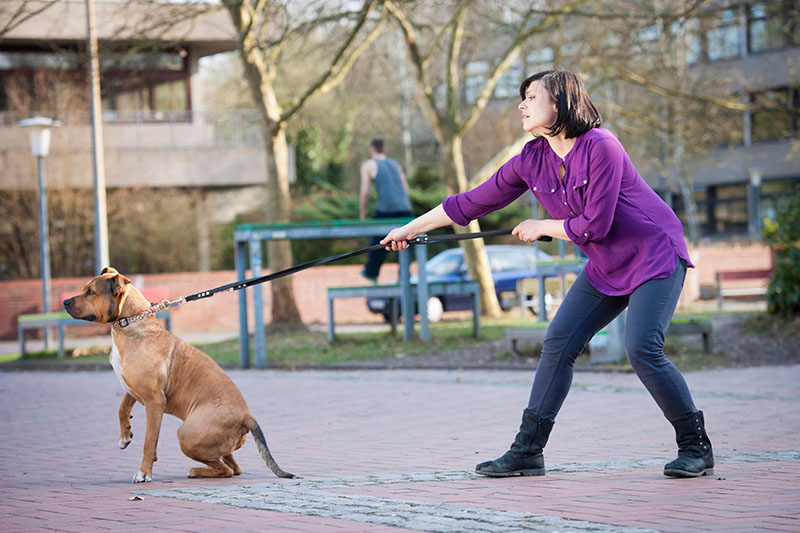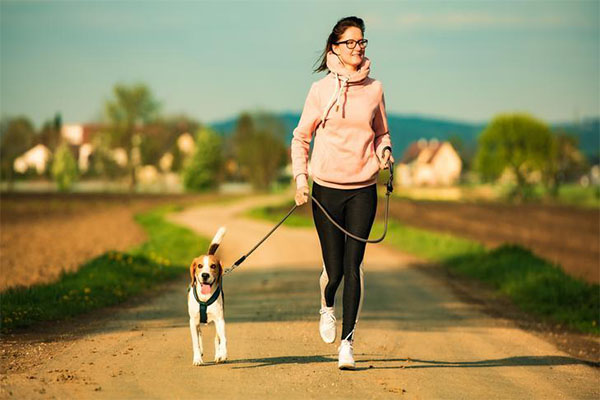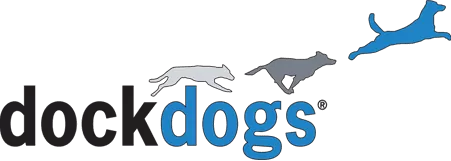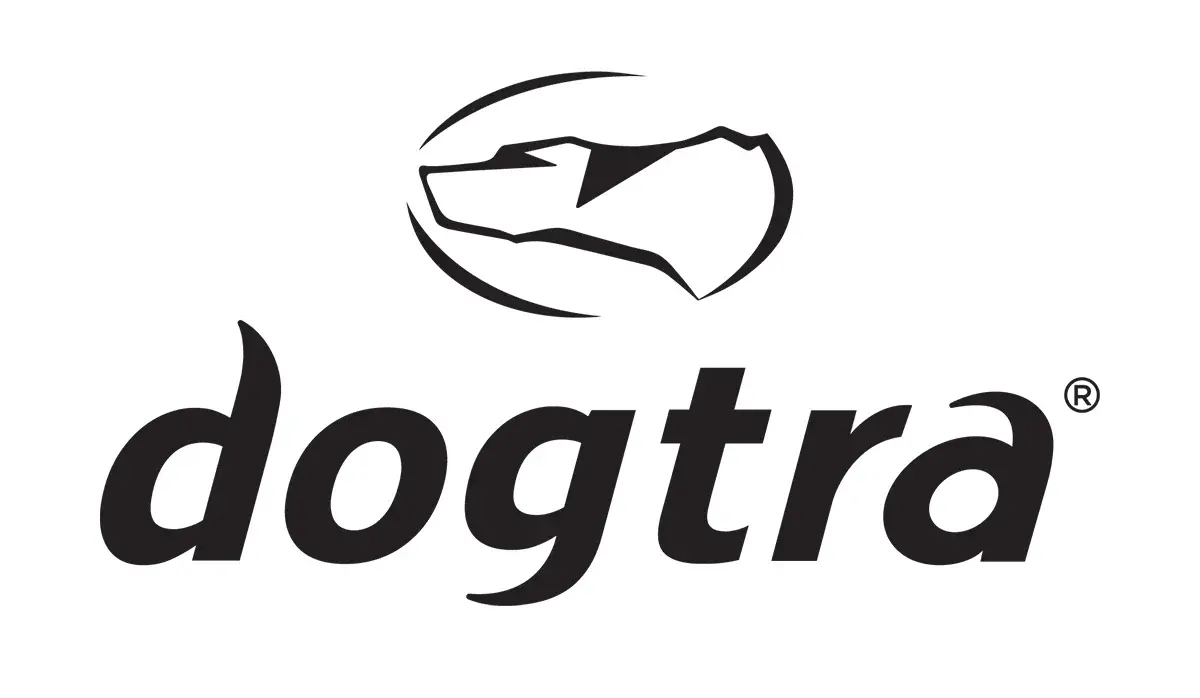Why did the chicken cross the road? Because it wanted to get to the other side. Why does my dog pull on the leash? Because it wants to go in the direction it’s pulling. That’s an answer, but not the answer most people are looking for.
Dogs pulling on their leash is a common problem and is not unique to your dog. But since dog walking is a daily routine for pet parents, knowing the reason dogs pull is the first step in ending that behavior. Lack of proper training methods, distractions and aggression are a few causes of leash pulling. Understanding how dogs learn (hint: repetition and reinforcement) will help even the most frustrated pet owners (including you!) teach their dogs to walk nicely.

Choosing the Right Tools
Getting the right tools is the first step. Avoid retractable leashes and opt for a fixed-length leash instead. The dog needs to learn that pulling harder won’t lengthen its tether or provide more freedom. There are many different leash styles and techniques that help the dog to understand the proper way to walk and ultimately get what they want out of the walk too. Avoid any leashes or techniques that are consistently tight leash as that will just teach the dog to pull harder.
What to Do When a Dog Pulls on the Leash
No offense, but your house probably isn’t as exciting to your pet as it is for you. The outdoors has so many scents and sounds and people and other animals — your puppy will be much more distracted than it is inside. Don’t be surprised if before you’ve walked a block, your dog begins to pull because a squirrel scampered by or other dogs are in the area. A dog’s behavior doesn’t change overnight — developing good leash manners takes time. Likewise, dog owners are learning, too. Unfortunately, an owner’s typical reaction is to pull harder and yell “No!”
As you’ve probably guessed, that won’t work. Instead, remain calm, use a cue sound like tongue clicking and begin walking in the opposite direction. When you walk calmly in the other direction, your pup will likely stop pulling and walk towards you. Reward it with a treat to encourage this behavior.
Another method is to stop walking. And when your dog starts pulling, don’t imitate it and start pulling back. Instead, pretend you’re a statue. Your canine pal can keep tugging but won’t get anywhere. Eventually, even the most persistent dog will give up. Patience is key. If the dog pulls every two steps, stop every two steps. Keep doing this and your daily walks will improve each time.
Training Your Dog Not to Pull on the Leash
For most dogs, tugging against a restraint is natural and can be a hard habit to undo once it becomes ingrained. That’s why The Dog Wizard recommends teaching your pup early, between eight weeks and five months old.
Start practicing loose leash walking in your house to get your dog used to the leash or harness. Put it on and let your puppy walk around and get accustomed to the feel of it. When your dog seems comfortable wearing the leash, start training it with cues and treats to come to you while wearing it.
Use your cue sound to get your dog’s attention. The goal is to get your pup to turn and walk toward you when you make that sound. Reward good behavior with a treat. Repeat actions reinforce desired behavior. Many dogs trained this way start associating the behavior of moving toward the owner with that sound and the reward.
Eventually, progress to taking a stroll around the inside of your house. It’s not as scenic as the park, but that’s the point: Your pet won’t be distracted and can concentrate on the training. After your pup has mastered in-house jaunts, it’s time to try an outdoor excursion.

Let the Professionals Help
As common as pulling is, not all dogs respond predictably. Sometimes, especially if the dog is older, bad habits have already set in. The help of a certified professional dog trainer from The Dog Wizard can make all the difference in such cases. Training dogs is what we do. Visit our site to find a trainer whose expertise in behavior modification and dog obedience training will help you and your best friend enjoy your walks.










